Atmospheric CO2 levels have hit a peak not seen in 4.5 million years. Methane, 80 times more potent a greenhouse gas than CO2, is experiencing unprecedented yearly increases. This year has been the hottest on record.
The climate crisis is backed by a wealth of statistics that highlight its severity and immediacy. The only silver lining is we now possess an expanding arsenal of tools to confront this challenge.
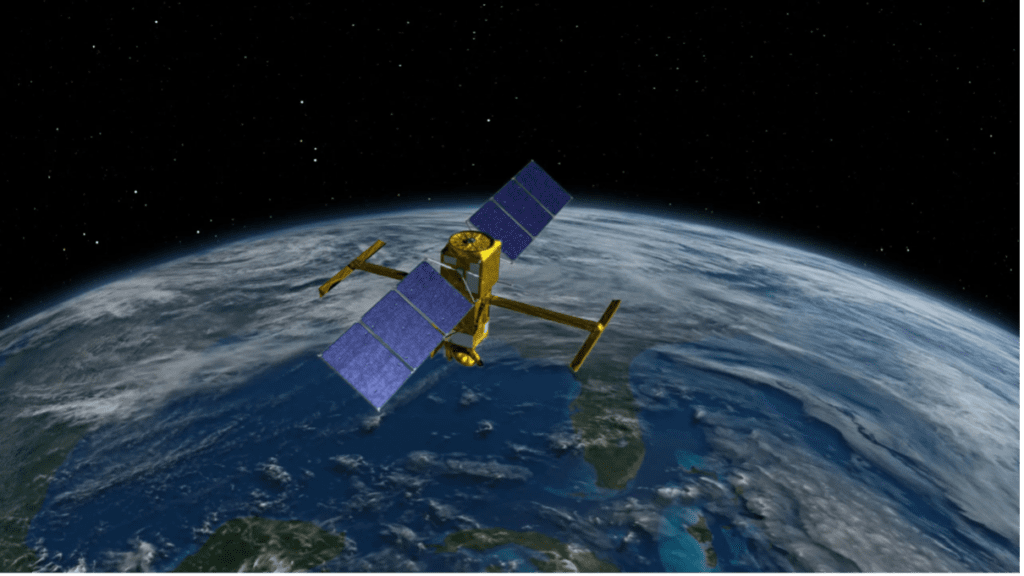
Technological strides over the past decade have enabled direct emissions monitoring from global facilities through advanced satellite systems. Previously reliant on estimations which were often outdated by years, satellites now provide climate models and researchers with real-time data.
However, we’ve only begun to tap into the full potential of satellite measurements, and there’s still much to explore and harness from this technology.
The ongoing UN Climate Change Conference of Parties (COP28) taking take place in Dubai is set to highlight Earth Observation (EO)’s pivotal role in climate action. Over 80,000 delegates, including 140 heads of state and governments, have gathered at the conference that is highlighting state-of-the-art climate data and services, decision-making tools, and market-ready products. Delegations and negotiators are concentrating on advancements aligned with the Paris Agreement and the inaugural Global Stocktake, an evaluation process slated to take place every five years where delegates review global efforts to reduce emissions and identify areas where nations must intensify their actions.
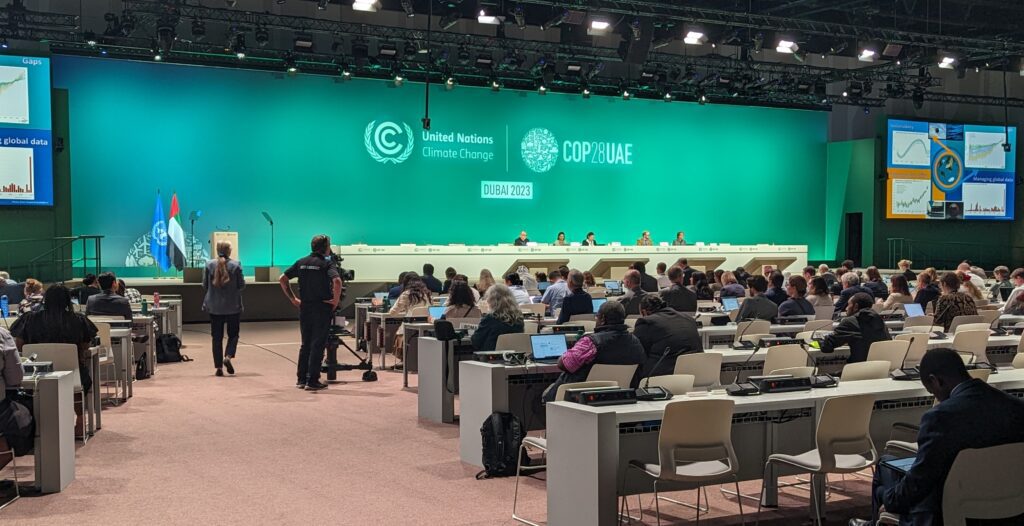
For this evaluation to be effective, precise and consistent reporting is essential. Currently, countries submit their greenhouse gas (GHG) emissions inventories to the UN Framework Convention on Climate Change (UNFCCC) during the stocktake process, which the Intergovernmental Panel on Climate Changes (IPCC) advises to cross-verify using independent measurements. When compared against satellite data, this verification method provides increased assurance that emissions reporting mirrors real-world conditions, ultimately enhancing transparency. European Space Agency’s Regional Carbon Assessment and Processes project (RECCAP-2) has crafted and executed a comprehensive framework which compares national inventories against cutting-edge systems utilizing satellite observations.
The researchers amalgamated satellite-derived observations and on-site measurements; and employed inversion models to trace the movement of greenhouse gas emissions between land and atmosphere.
According to ESA, this approach offers a holistic view of emissions accumulated in the atmosphere at the national level and also scrutinizes national inventories to enhance greenhouse gas reporting accuracy. Additionally, it identifies further emission reduction prospects and offers nations timely guidance on their emission reduction strategies and commitments.
The assessment primarily covers sizable, high-emission countries; but as satellite coverage intensifies in the upcoming years, a broader range of nations is expected to reap the benefits.
Eye on Changes
EO data act as a bridge between natural phenomena and the impact of human activities such as fossil fuel emissions, deforestation, and industrial practices on the environment. By continuously gathering data on parameters such as temperature, sea levels, ice coverage, and GHG concentrations, satellites provide real-time information essential for climate models and trend analysis.
Satellites now offer higher resolution imagery, enabling detailed monitoring of specific regions, ecosystems, and urban areas, allowing for precise tracking of changes in land use and deforestation. Innovations in sensor technologies have bolstered data accuracy, allowing for more detecting subtle shifts and precise measurements. A growing trend emphasizes the development of specialized climate services and tools tailored for different sectors, ranging from agriculture, urban planning, disaster management, and other fields, allowing experts to develop more effective climate adaptation strategies.
Methane Monitoring
Among the most effective climate monitoring tools that have emerged recently are methane-tracking satellites. These satellites carry sensors and instruments to detect and quantify methane emissions from space, offering unprecedented capabilities in analyzing methane levels in the atmosphere.
Launched in 2017, the ESA’s Copernicus Sentinel-5P satellite is the only instrument in space that maps global methane concentrations every day. It can also trace other gases, such as nitrogen dioxide, carbon monoxide, formaldehyde, and sulphur dioxide. This lets scientists detect hotspots for large methane sources around the world – allowing us to address the consequences of methane emissions on our climate and environment.
From a commercial standpoint, Canada’s GHGSat is a pioneer in greenhouse gas monitoring from space, with the capability to detect and quantify methane emissions from point sources such as individual oil and gas wells. In the past two years, GHGSat has helped industries mitigate over 5.6 million tons of CO2 equivalent emissions. This is akin to removing more than 1.2 million cars from the road!
The past few years have seen several other initiatives in methane monitoring. In 2022 alone, satellites detected more than 500 super-emitting events at oil and gas operations around the world – many of which aren’t recorded in mandatory GHG inventories. According to data from Climate TRACE, a coalition of global organizations set up under the leadership of former US Vice President and climate leader Al Gore, revealed at COP28, global emissions increased 1.5% from 2021 to 2022 and 8.6% from 2015 — the year of the Paris Climate Agreement — to 2022. In the year after the Global Methane Pledge was announced, methane emissions increased 1.8%. China’s growing methane emissions accounted for 39% of that increase in 2022.
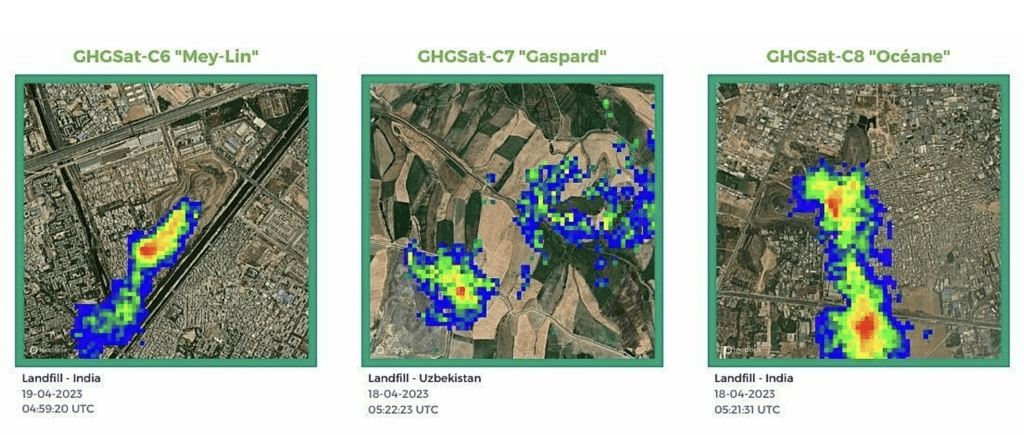
Further, 108 nations have submitted no inventories of emissions for any of the past five years. No nations have submitted an emissions inventory for 2022 yet.
Carbon Mapper, a broad-based coalition of industry, government, philanthropies, and academic institutions, aims to fill gaps in the emerging global ecosystem of methane, CO2 and emissions as well as 25-plus other indicators by delivering data at facility scale.
Announced last year, the Methane Alert and Response System (MARS) is a new initiative from the UN to scale up global efforts to detect and act on major emissions sources in a transparent manner and accelerate implementation of the Global Methane Pledge.
Carbon Markets
Another common strategy for combating climate change is the buying and selling of Carbon offsets. However, their effectiveness in reducing emissions hinges on ensuring credibility, accuracy, and accountability in transactions. Currently, the carbon offset industry faces a credibility challenge, with issues that include financing projects that would have proceeded regardless of offsets and ineffective emission reductions leading to adverse environmental and community impacts.
Fortunately, advanced satellite technologies offer a promising solution through improved measurement, reporting, and verification (MRV) methods. Satellites stand out for their swift and precise monitoring of large land areas, providing comprehensive insights into changes in land use and cover. EO data establishes a baseline measurement for carbon sequestration, crucial for tracking the efficacy of emission reduction efforts over time. This verification is fundamental in upholding the credibility of offset projects by verifying that companies or facilities vowing to curb their emissions actually do so.
For instance, Verra, the world’s largest carbon registry, has initiated a remote sensing analysis effort with Mantle Labs, which has technology that can assess key project information and provide Verra with additional assurance on registered projects currently under quality control review. The ESA Forest Carbon Monitoring project focuses on creating EO-based strategies tailored to forestry stakeholders.
Different Types of Sensors
As Earth Observation takes off, the satellites themselves are getting equipped with a growing and increasingly sophisticated array of sensors. From passive sensors measuring temperature and humidity to active sensors like Radar and Lidar, improvements in sensor technology offer a multi-dimensional view of our planet’s health, and allow satellites to capture high-resolution data on emissions hotspots.
Synthetic Aperture Radar (SAR): Cloud cover and limited visibility at night are a problem for optical imaging satellites, which SAR sensors seek to address. Though SAR, which can gather optical data through clouds, was initially exclusive to national space agencies due to cost, ICEYE broke barriers in 2018 by fitting a SAR sensor onto a satellite under 100 kilograms. Today there are SAR constellations available from several companies which are becoming essential for tracking disruptive events like droughts, wildfires, floods, and hurricanes where smoke and weather would block an optical camera’s view.
Radio Frequency (RF): Commercial Radio Frequency (RF) monitoring satellites have also emerged as critical assets, overseeing an intricate web of communications and surveillance systems. Equipped with specialized sensors and antennas, these satellites can swiftly identify offenders impacting the planet, uncovering illegal activities like destructive fishing practices or unauthorized mining. For instance, RF data analysis by HawkEye 360 has revealed increased activity in the Arctic due to sea-ice melts that have enabled year-round access to new regions of the globe. Spire Global, another key player, provides multi-sensor data including atmospheric data to support climatological studies. Its AIS tracking data is helping organizations like Global Fishing Watch promote ocean sustainability and expose illegal, unreported, and unregulated fishing.
Hyperspectral Sensors: Satellites with hyperspectral sensors acquire imagery in hundreds of spectral bands, allowing for the ability to distinguish among different features while making very fine observation of the Earth’s surface. The technology is fast coming up as a complementary data source to conventional optical imagery and SAR, and as a crucial tool for climate change mitigation because it provides powerful insights for environmental disasters such as floods, landslides, wildfires and volcano eruptions, among others. In 2017, Satellogic opened up the SmallSat commercial hyperspectral imaging market. Since then, a number of commercial players, including Planet, have jumped into the fray.
Advancements in Weather Satellites
Space-based weather forecasting has undergone significant improvements and innovations in the recent years, thanks to the new-generation weather satellites that provide higher resolution, faster refresh rate, and more spectral channels. For example, the Meteosat Third Generation (MTG) satellites, launched by the European Organisation for the Exploitation of Meteorological Satellites (EUMETSAT), can capture images of the Earth every 10 minutes in 16 spectral channels, allowing for improved detection and tracking of severe weather phenomena.
There is also increased collaboration and coordination among satellite operators and users to ensure the effective use and dissemination of satellite data and products, as well as the development and implementation of early warning systems (EWS) for natural hazards and extreme events. The World Meteorological Organization (WMO) announced its EWS for all initiative in 2022, which is a collaborative effort with other organizations to ensure that everyone on Earth is protected by EWS within five years.
Integration of AI and Big Data
As with myriad other industries, AI and big data are transforming the Earth Observation industry by enabling faster, smarter, and more accurate satellite data processing and analysis, and by creating new value-added products and services. This rapid analysis aids in generating actionable insights and predictive models for climate behavior. Some examples of AI and big data applications are crop yield prediction, disaster response, carbon monitoring, and climate risk assessment.
Further, advancements in cloud services, computation methods, and API accessibility over the past two decades have significantly bolstered processing capabilities. Today, automation and data processing are occurring without direct human intervention, setting new benchmarks in scale and pace.
The Road Ahead
Satellite-based Earth Observation plays and will likely continue to play a pivotal role in our fight against climate change. Technological advancements and evolving industry trends offer a deeper insight into our planet’s dynamics. Yet, tackling challenges concerning data interpretation, accessibility, and affordability is key to unlocking the full potential of satellite data in combating climate change.
As COP28 drives global discussions and action, leveraging satellite measurements must be integral to our strategies. It’s a crucial tool in our arsenal that needs full utilization.
About the Author:
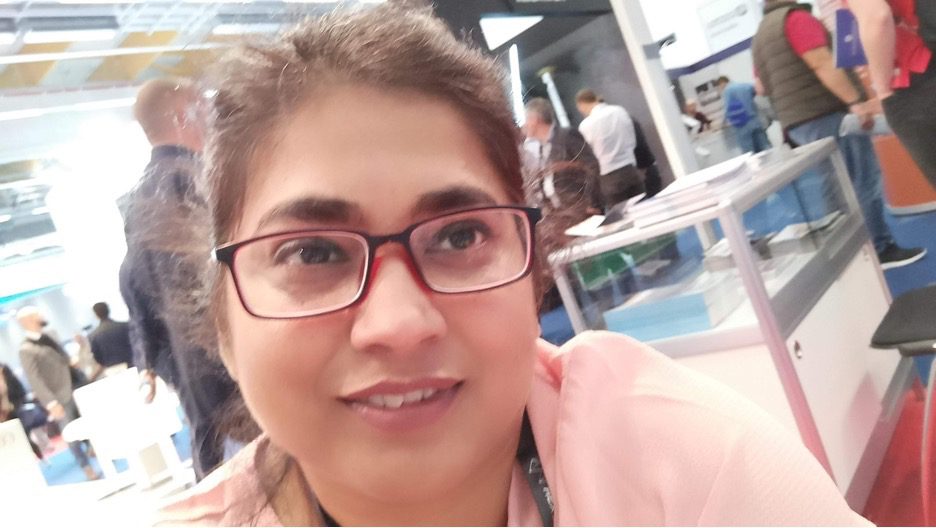
Anusuya Datta is a seasoned writer/journalist with a special interest in Earth observation and sustainability issues. A published author on several international platforms, Anusuya is part of the EO4SDG board.



